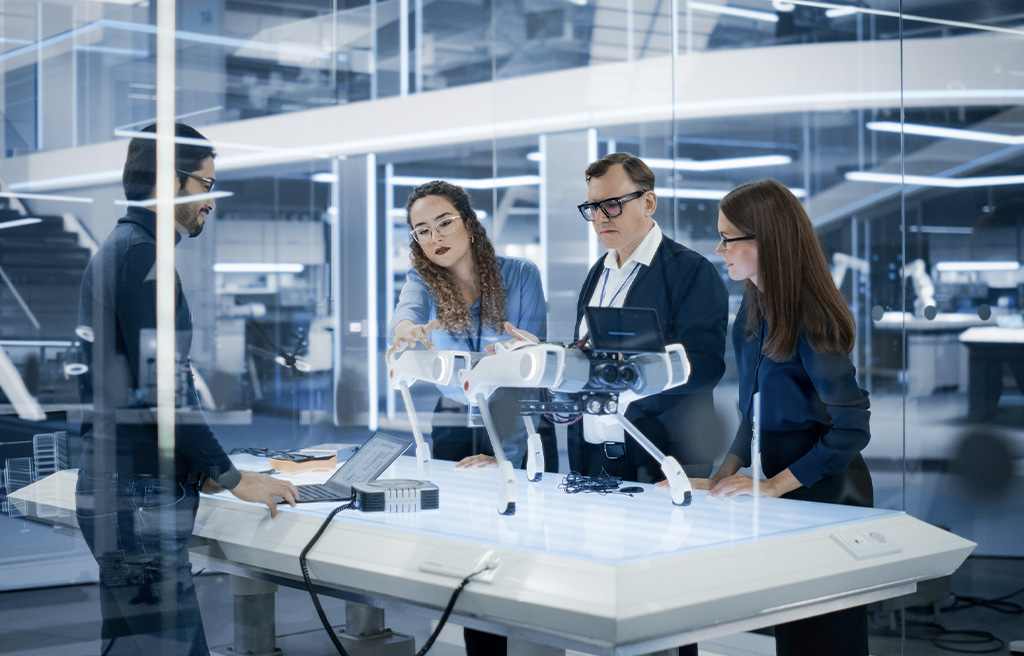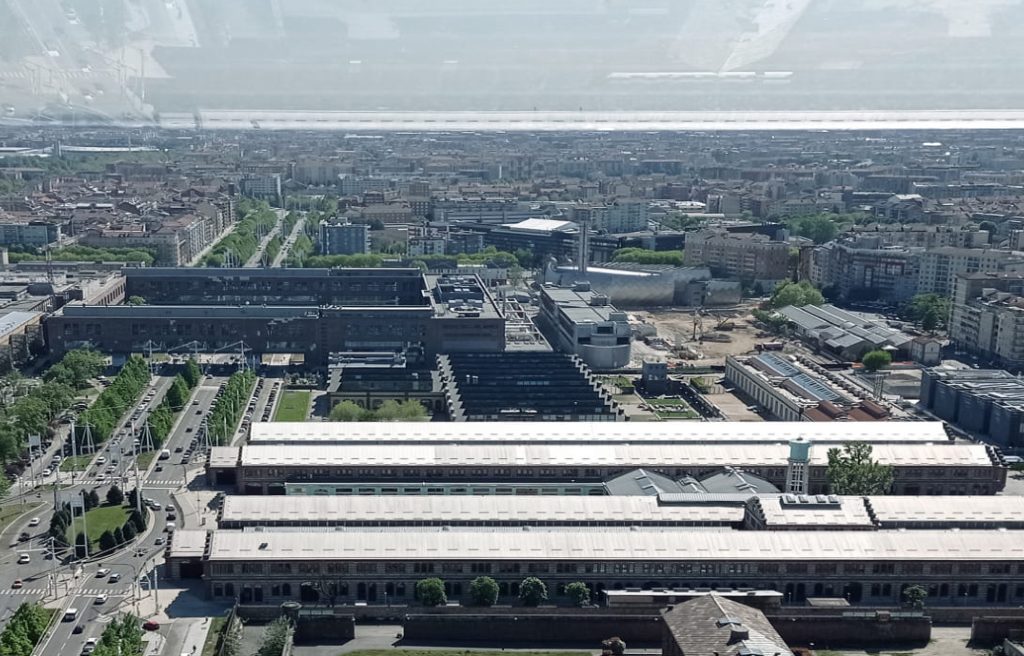Startup Tales | How Involve Space Aims to Make Space More Sustainable
The startup has developed technology for launching stratospheric balloons powered by helium and hydrogen, which are reusable and supported by "intelligent" software
For humanity, space has always held a unique fascination, with astronomers exploring its secrets for centuries, writers and filmmakers imagining fantastical worlds, and children dreaming of becoming astronauts to explore it. But beyond fantasy and scientific exploration, space has, in recent years, become an area offering economic opportunities tied to technological challenges known as the Space Economy. This encompasses all activities and services related to space, such as missions and their subsequent terrestrial applications.
The Space Economy, thanks to technological innovation, has prospects for development in various fields such as communications, Earth observation for various purposes (e.g., precision agriculture and monitoring natural disasters), defense, scientific research, and much more.
The report X-Plore SpaceTech by Intesa Sanpaolo Innovation Center highlights how the Space Economy is expanding rapidly, with Italy at the forefront as a crucial player for the country's economic and environmental sustainability.
A market currently valued at about 400 billion dollars, including sub-segments, is expected to grow steadily, reaching 600 billion in 2030 and surpassing 1,000 billion in 2040. Italy plays a crucial and strategic role in the Space Economy, with its aerospace industry ranking seventh worldwide and fourth in Europe, supported by 500 active companies in the sector.
A concrete example is Involve Space, a startup founded in Erba (Como) in 2021 by the young entrepreneur Jonathan Polotto. The company is developing sustainable technology to reach the boundaries of space and seize the countless opportunities offered by the industry.
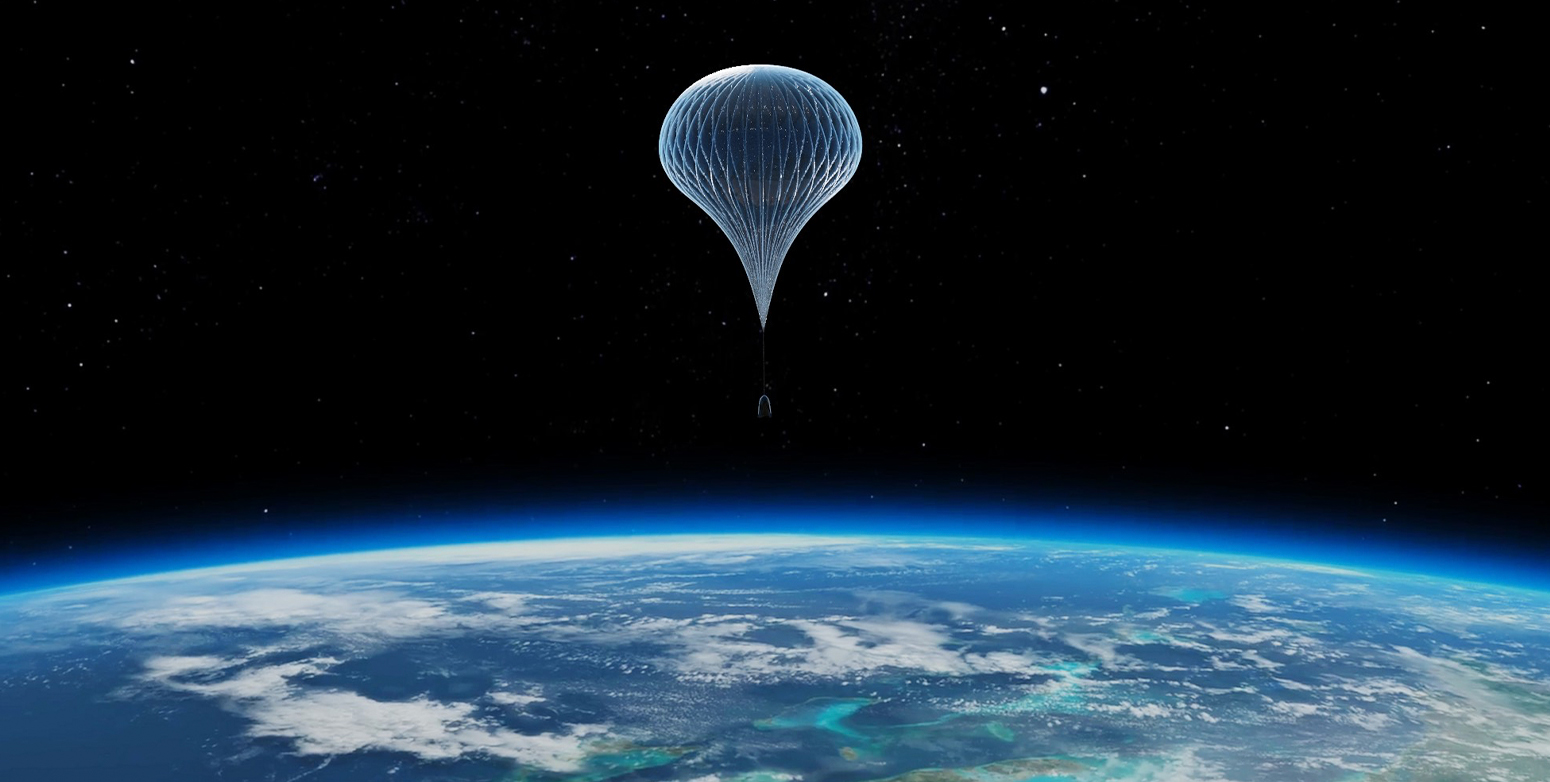
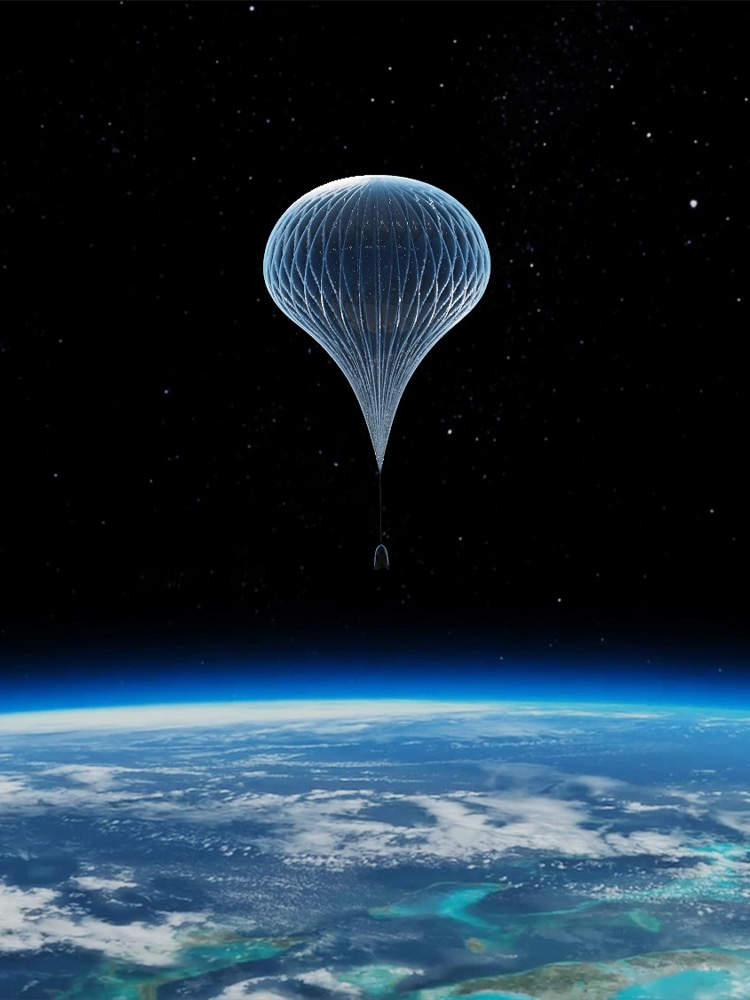
How Involve Space Technology Works
The technology developed by Involve Space, resulting from intensive research and development that started even before the startup's founding and continues relentlessly, enables the transport of specific payloads for various missions into the stratosphere. This is achieved using scalable stratospheric balloons that tow a probe with the payload, without encountering issues related to its weight.
The balloon is filled with helium and hydrogen gas, natural propellants, and relies on artificial intelligence-based software that optimizes trajectories in the stratosphere, avoiding being at the mercy of strong winds and ensuring coverage of designated areas. Additionally, the solution allows for the retrieval and reuse of both the balloon and the probe for new missions, enabling Involve Space to "optimize its systems and be simultaneously sustainable, drastically reducing waste," as explained by Polotto.
The potential uses for this technology are diverse and almost infinite. Currently, the startup positions itself as a "service provider that offers 'seats' aboard the probe, similar to airline tickets, without concerning itself with the payload or the sensors to equip it with. We - " says the young founder of Involve Space - "follow the mission from beginning to end (launch, flight, complete monitoring), and upon the probe's landing, we retrieve both the customer's payload and the data. Then we recover the probe and the balloon and reuse them."
This "circular" solution departs from the "use and throw" logic of rockets, which not only use polluting propellants upon completing missions but also return to Earth without control or explode.
Furthermore, in May 2023, during the Lario Space event, dedicated to the Space Economy and organized by the startup with keen interest from the Innovation specialists of Intesa Sanpaolo, who also collaborate with Intesa Sanpaolo Innovation Center, Involve Space presented a "do-it-yourself" launch kit called "Da Vinci Caelum." This kit, with the help of specific tools that can be purchased separately, enables autonomous launches.
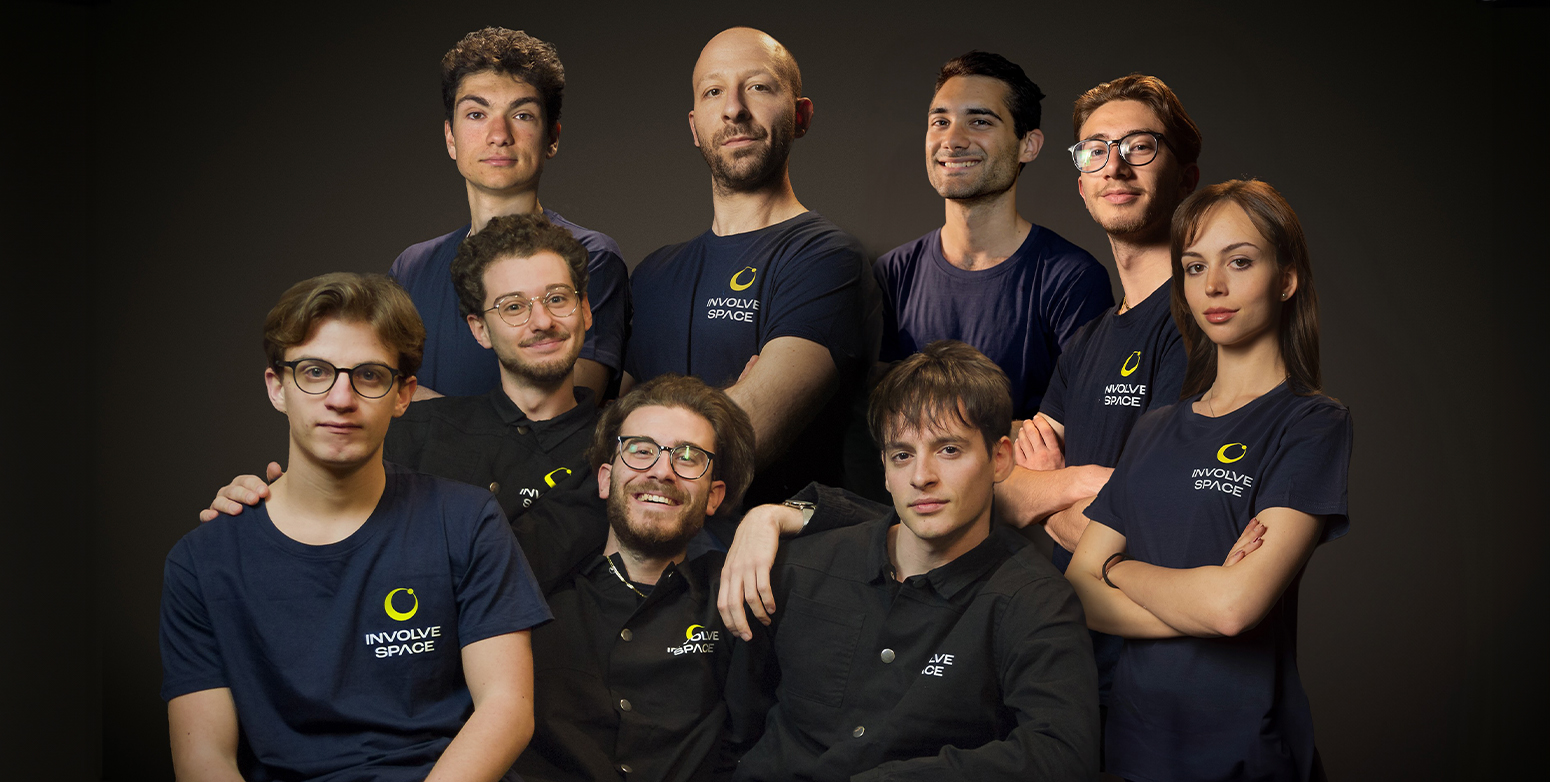

The Birth of Involve Space: From a Teenager's Dream to an Entrepreneurial Venture
The journey that led to the creation of Involve Space is undoubtedly unique and somewhat surprising. "My passion for science dates back to my childhood, where space played an almost 'magical' role. I have always tried to conduct experiments," Polotto says, "and in 2015 (at just 15 years old), I carried out the first launch—a sort of shared game with some friends focused on the video aspect and the desire to film the Earth from above, as filmmaking is another passion I cultivated during my studies."
This diverse background led the versatile and talented Polotto to work for a well-known television program. However, he eventually left to combine two passions: video and science. "After conducting other experimental launches in 2018, which were helpful in understanding the technology and its potential, we realized that there could be a market with consequent opportunities. From that moment on, I let myself be carried away by the passion, which turned into an entrepreneurial initiative following the flow of events and instinct", he explains.
In this phase, research and development activities began, leading to the foundation of Involve Space in 2021 in Erba (Como) by Polotto. The startup, in addition to intensifying its R&D activities, immediately started "a commercial stream that resulted in sales and continues in parallel."
Involve Space Business Structure
While the potential of the developed technology is infinite, as emphasized by Polotto, Involve Space focuses on four main areas. "The main one," clarifies the CEO of the startup, "is Earth observation, our pillar, which includes everything related to 'looking' at the Earth from above, such as monitoring specific areas, cultivated fields, and natural disasters, as well as defense, for example, concerning border security."
"The second area," continues Polotto, "is testing, which involves placing satellites or their components, such as electronics and materials, on the probe to test them in a real environment 'better' than what is possible in a laboratory."
The third area is scientific research, "with sensors to obtain data related to pollution, atmospheric composition, and applications in different sectors depending on the sensors placed on the probe." The final area concerns telecommunications, "equipping the probe with systems capable of serving multiple purposes, such as bouncing radio signals or providing coverage to specific areas," explains the founder of the innovative Como-based company.
Involve Space will commence industrialization in 2024, with ongoing discussions in all areas of activity with various stakeholders (institutions and private entities). The company aims to optimize its system by "moving from an individual entity to a multitude to create a constellation of balloons, similar to satellite constellations and complementary to them, intervening where the performance is low or there are connection issues to bounce and amplify their signals," says Polotto.
In this regard, the "intelligent" software is essential, as it allows the interconnection of the balloons, enabling them to move as a swarm. "From research we conducted with 40 perfectly interconnected stratospheric balloons, we can cover an area as vast as the whole of Australia, an example that highlights the potential of having a multitude of balloons in the stratosphere," emphasizes Polotto.
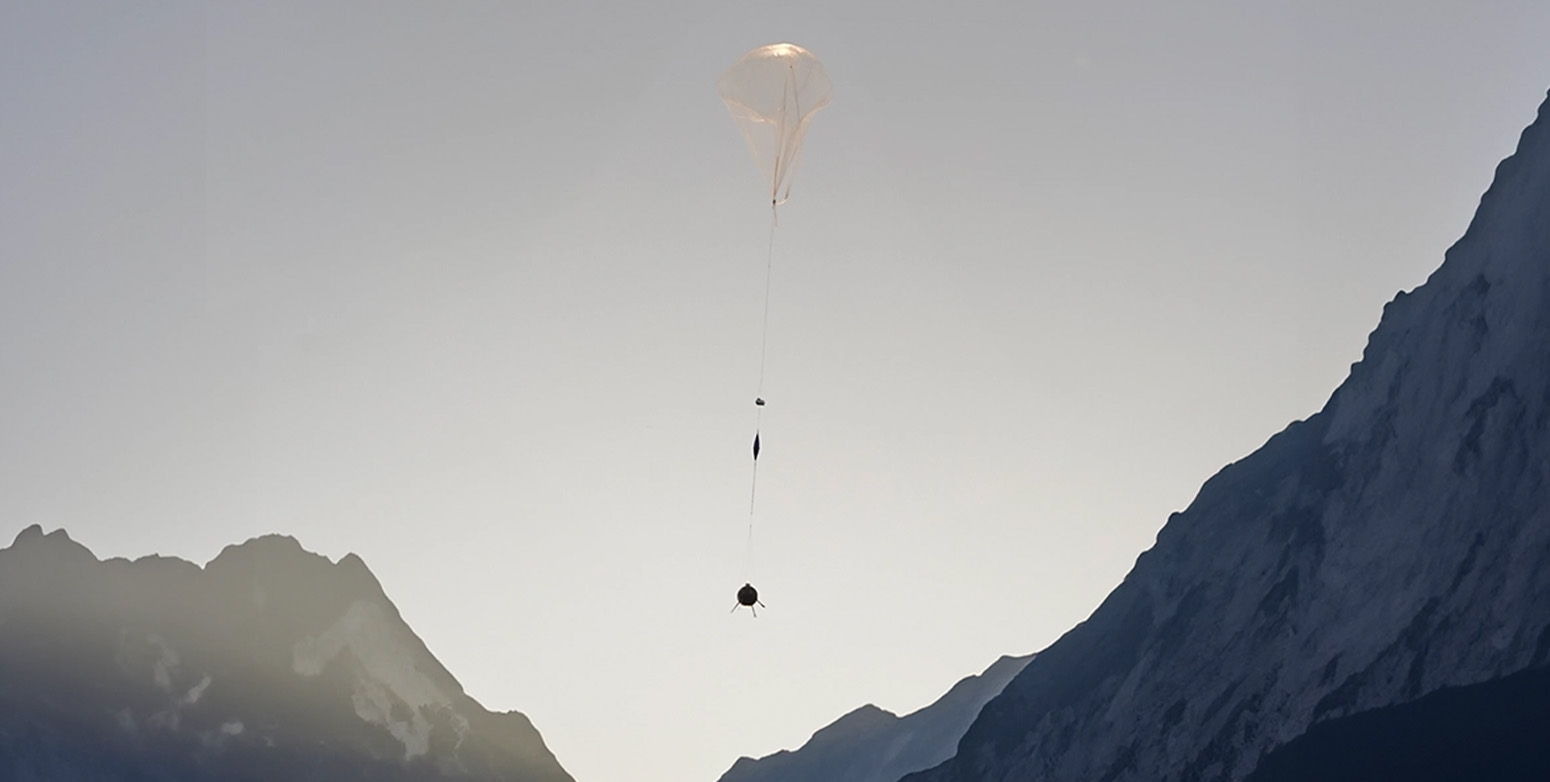

Up2Stars to Elite Lounge: Concrete Support from Intesa Sanpaolo and Intesa Sanpaolo Innovation Center
In Involve Space's journey, in addition to participating in the Up2Stars Aerospace acceleration program, which emerged from the collaboration between Intesa Sanpaolo and Intesa Sanpaolo Innovation Center with the support of the innovation platform Gellify, and which concluded with a pitch in front of an audience of potential investors at the Demo Day held in Naples, the company's entry into the ELITE Lounge of Intesa Sanpaolo in collaboration with Elite has been significant.
"The program offered a training path that not only improved our weaker areas but was also structured to understand whether and how to be listed on the stock exchange. This was possible thanks to mentorship from Euronext staff, which we reached starting from a simple contact with Intesa Sanpaolo," highlights Polotto.
He adds, "Intesa Sanpaolo Innovation Center speaks for itself, as it aims to bring innovation, which is often a vague and abstract concept. In the Innovation Center, I found a lot of concreteness and pragmatism, as well as answers to various needs, putting us in touch with those who can genuinely provide them, such as investors or internal staff. In such a large company," concludes Polotto, "it's evident that there are real people with whom we can build relationships and exchanges, giving us the opportunity to have a contamination of ideas and perspectives."
Photo credit: Involve Space
All the Startup Tales

